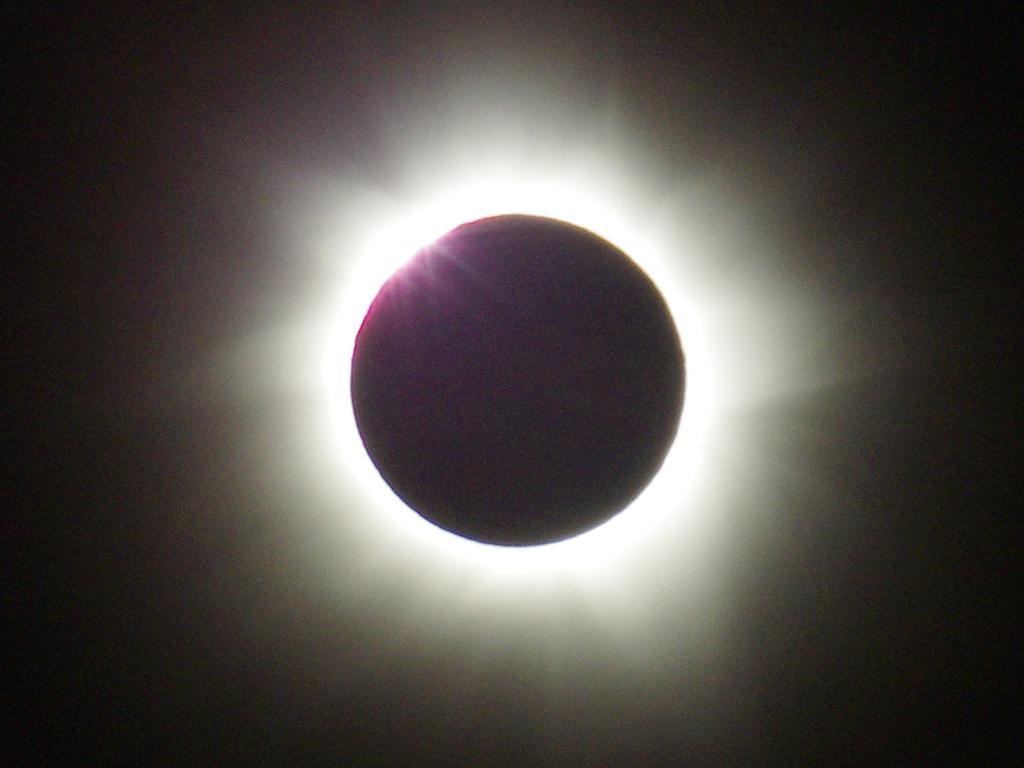Total solar eclipse 2023: How Australians can see it without risking blindness
Solar eclipse chasers are descending on one Aussie state to witness the first total solar eclipse in more than a decade. Watch live stream.
Up to 50,000 people are expected to pack the West Australian Pilbara town of Exmouth on Thursday to view the first total solar eclipse to be seen from Australia in over a decade.
But, as the celestial event draws near, experts have issued a strong warning against looking directly at the spectacle – even with eclipse glasses – due to the risk of permanent eye damage or even blindness.
A solar eclipse occurs when the moon passes between the sun and the Earth, casting a shadow on the Earth’s surface.
During a solar eclipse, the moon appears to cover the sun partially or completely, creating a stunning visual display.
A total solar eclipse spanning a 41km-wide path is forecast to take place at 11.29am (AWST) on Thursday, April 20.
CLICK HERE TO WATCH LIVE STREAM

Exmouth and a small part of the surrounding peninsula in Western Australia will be the only place in Australia that lies directly under the path of the moon’s central shadow.
That means 100 per cent of the Sun will be covered by the moon for a short time.
The 41km-wide path is so narrow that even nearby locations such as Ningaloo and Onslow will witness only a partial eclipse where 99 per cent of the Sun is covered.
While the whole event lasts about three hours, the real spectacle will last just 58 seconds.
Optometry Australia chief Luke Arundel said while an eclipse was a rare and spectacular event, viewing one directly could be extremely dangerous if not done properly.
“Looking at the sun, even during a solar eclipse, can cause serious and permanent damage to the eyes,” he said.
“Just think about how the lens in a magnifying glass can be used to focus sunlight to start a fire – the lens inside our eyes is many times more powerful than a magnifying glass and we want to ensure people don’t permanently damage their retina (the delicate, light sensitive layer at the back of the eye).
“People need to understand the potential dangers that can come from looking directly at the sun and it is especially important for children to be protected, because they are less aware of the dangers and their young eyes are particularly vulnerable to damage.”
Australia’s last total solar eclipse was over Cairns in 2012 and the next will pass over Sydney in 2028.

The Astronomical Society of Australia has created a comprehensive guide on how to view the eclipse in a safe way.
Unless you can get your hands on eclipse glasses that meet the international standard (ISO 12312-2) or you happen to have a special-purpose solar filter handy, then don’t risk your eyesight.
The only alternative is to use an indirect viewing technique and it’s easy to make.
Make a 1mm hole in a large piece of card and project the image onto a surface 1m away.
Optometry Australia recommends that people who experience any eye discomfort, irritation, or vision problems to seek immediate attention from their local optometrist.
Luckily, for the rest of Australia outside of the very narrow strip that carves through Exmouth, there is another safe way to watch the total eclipse unfold.

Perth Observatory will be live streaming the eclipse from beginning to end from Exmouth. All Australian capital cities will get to see part of the action, according to timeanddate.com including:
•Sydney will see a partial eclipse moon covering nearly 10 per cent of the sun, starting at 1.36pm (AEST) and ending at 3.18pm, Peak coverage will occur at 2.28pm.
•Brisbane will see a partial eclipse covering nearly 16 per cent of the sun, starting at 1.43pm (AEST) and ending at 3.41pm. Peak coverage will occur at 2.44pm.
•Darwin will see a partial eclipse covering 80 per cent of the sun, starting at 12.17pm (ACST) and ending at 3.25pm. Peak coverage will occur at 1.52pm.
•Perth will see a partial eclipse covering 70 per cent of the sun, starting at 10am (AWST) and ending at 12.46pm. Peak coverage will occur at 11.20am.
•Melbourne will see a partial eclipse covering 10 per cent of the sun, starting at 1.15pm (AEST) and ending at 3.01pm. Peak coverage will occur at 2.09pm.
•Adelaide will see a partial eclipse covering 21 per cent of the sun, starting at 12.23pm (ACST) and ending at 2.35pm. Peak coverage will occur at 1.30pm.
•Hobart will see a partial eclipse covering five per cent of the sun, starting at 1.24pm (AEST) and ending at 2.46pm. Peak coverage will occur at 2.06pm.
•Canberra will see a partial eclipse covering nearly 10 per cent of the sun, starting at
1.29pm (AEST) and ending at 3.12pm. Peak coverage will occur at 2.22pm.
Originally published as Total solar eclipse 2023: How Australians can see it without risking blindness




